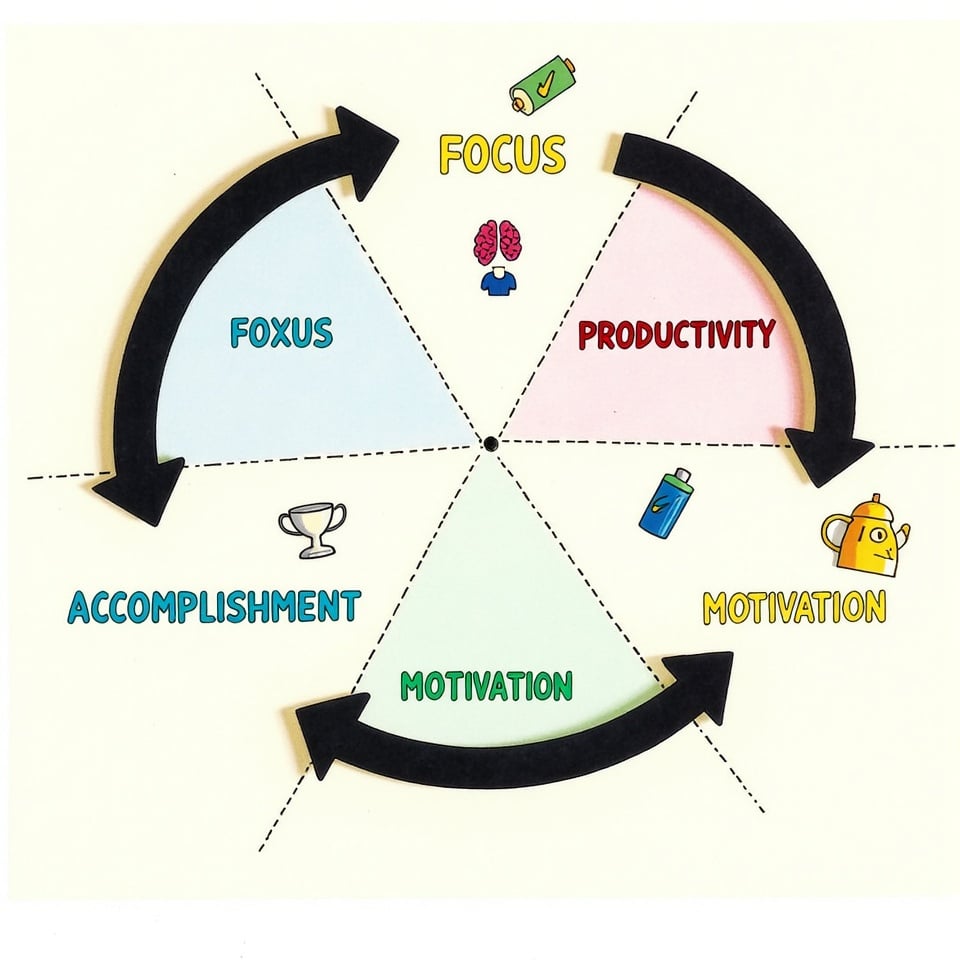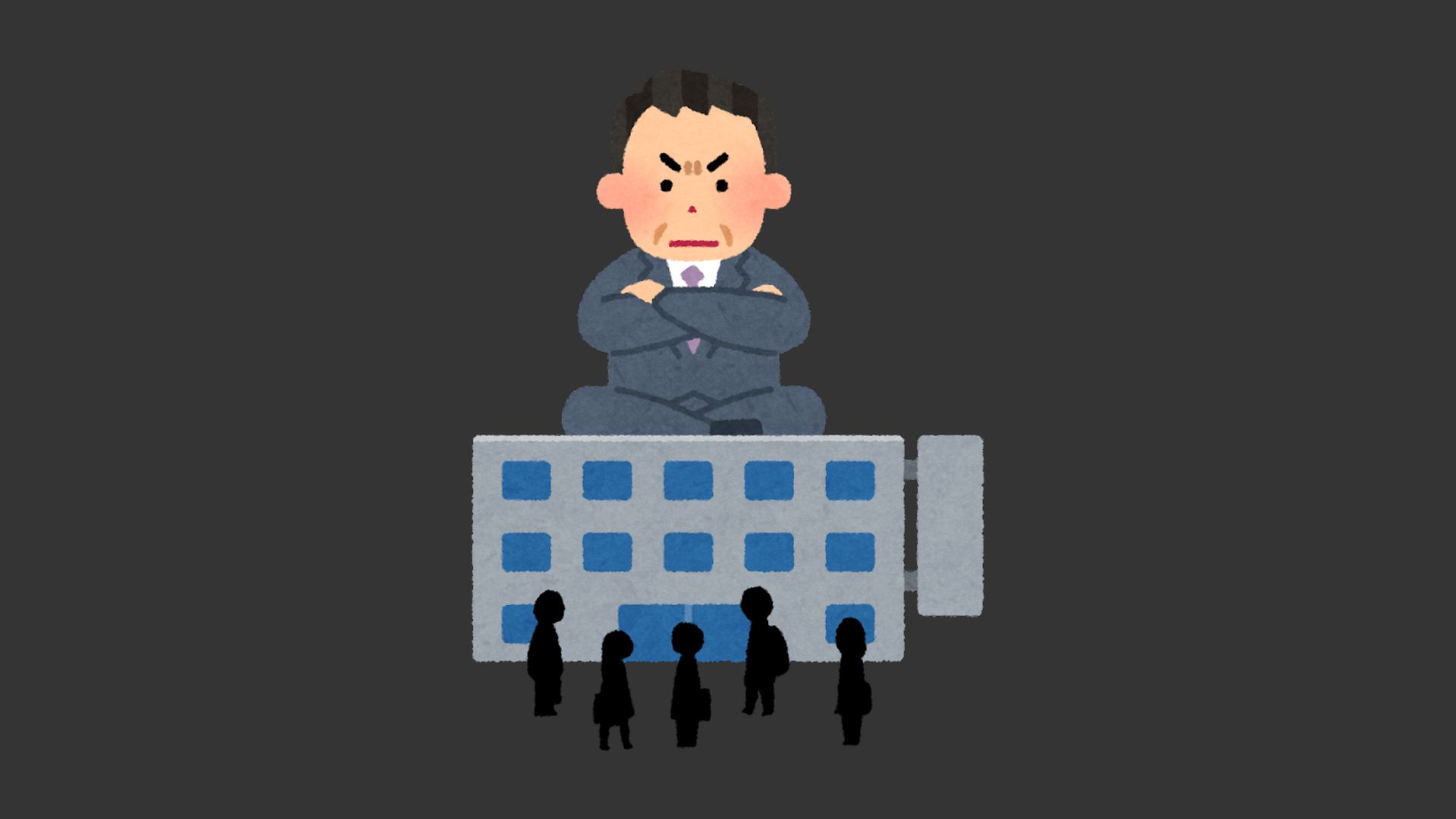
Do you find yourself lost in imagination when you should be focusing on work or studies? You’re not alone. Daydreaming is common, but when it becomes excessive, it can interfere with your productivity and daily life. This guide offers practical strategies to help you regain control of your wandering mind and stay present when it matters most.
What is Daydreaming and Why Do We Do It?
Daydreaming is your mind’s natural tendency to wander from the present moment into thoughts, fantasies, or memories. It’s actually a normal brain function that everyone experiences. Your brain uses these mental breaks to process information, solve problems, and even boost creativity.
But why do we daydream? Often, it’s because our current task feels boring, challenging, or stressful. Sometimes we’re simply tired or understimulated. Your mind might also wander when you’re trying to escape uncomfortable emotions or situations.
The occasional daydream is healthy. However, when you’re constantly drifting away from reality, it might be time to develop some strategies to stay grounded.
Understanding Maladaptive Daydreaming

Have you ever spent hours lost in elaborate daydreams? This might be maladaptive daydreaming – an intense form of fantasy that can significantly disrupt daily functioning.
Maladaptive daydreaming differs from regular mind-wandering. It involves extremely vivid, detailed scenarios that can consume hours of your day. Many people report creating complex characters and storylines that continue over months or years.
Unlike casual daydreaming, maladaptive daydreaming often involves physical movements like pacing, rocking, or making facial expressions related to the daydream. It can seriously impact your work, relationships, and overall well-being.
If your daydreaming feels compulsive or interferes with your life, you might be experiencing this condition. Don’t worry – there are effective ways to address it.
5 Common Signs You’re Daydreaming Too Much
How do you know if your daydreaming has crossed into problematic territory? Watch for these telltale signs:
- You miss important information during conversations, meetings, or classes because your mind constantly wanders.
- Tasks take much longer than necessary because you keep drifting off into your thoughts.
- People frequently need to repeat themselves or mention that you seem “spaced out.”
- You use daydreaming to escape reality rather than addressing problems directly.
- Your fantasies feel more appealing than real life, making you reluctant to engage with actual people and activities.
I once had a client who would miss her bus stop regularly because she was so deep in daydreams. That’s when she realized her habit was affecting her daily functioning.
Analyzing Your Daydreaming Patterns

Before you can change a habit, you need to understand it. Start by tracking when and why your mind wanders.
Keep a simple journal for a week. Each time you catch yourself daydreaming, note the time, what triggered it, and what you were supposed to be doing. Was it during a boring meeting? While studying complex material? When you felt anxious about a deadline?
Look for patterns in your records. You might discover specific triggers like fatigue, hunger, or certain environments that prompt your daydreaming. Maybe you daydream more in the afternoon when your energy dips, or perhaps certain tasks consistently send your mind wandering.
This awareness is powerful. Once you know your patterns, you can develop targeted strategies to interrupt the cycle before it starts.
7 Practical Techniques to Stop Daydreaming
Ready to take control of your wandering mind? Try these proven strategies:
- The 5-4-3-2-1 grounding technique: When you catch yourself drifting, name 5 things you can see, 4 things you can touch, 3 things you can hear, 2 things you can smell, and 1 thing you can taste. This immediately anchors you in the present moment.
- Set a timer for focused work sessions. Try the Pomodoro Technique – 25 minutes of concentrated effort followed by a 5-minute break. Knowing a break is coming makes it easier to stay focused.
- Create an environment that minimizes distractions. Clear your desk, silence notifications, and consider using background noise like white noise or instrumental music to block out disruptions.
- Use physical cues to interrupt daydreaming. Some people wear a rubber band on their wrist and gently snap it when they catch their mind wandering. The sensation brings attention back to the present.
- Practice mindfulness meditation daily. Even 5-10 minutes can strengthen your ability to notice when your mind wanders and gently return your focus.
- Break tasks into smaller, manageable chunks with clear completion points. This gives your brain regular rewards and reduces the urge to escape into daydreams.
- Stay physically active throughout the day. Even short movement breaks can refresh your mind and reduce excessive daydreaming.
Remember, the goal isn’t to eliminate daydreaming completely – just to control when it happens.
Mindfulness: Your Powerful Ally Against Unwanted Daydreaming

Mindfulness isn’t just a buzzword – it’s a powerful tool for training your attention. At its core, mindfulness is about noticing your thoughts without judgment and gently returning to the present moment.
Start with a simple breathing exercise: Focus on your breath for just 2 minutes. When your mind wanders (and it will!), simply notice it and return your attention to your breathing. Don’t get frustrated – each time you notice and redirect is strengthening your mental focus.
Try incorporating mindfulness into everyday activities. When showering, focus on the sensation of water. While eating, notice the flavors and textures. During conversations, really listen to what the other person is saying.
The more you practice mindfulness, the more naturally you’ll catch yourself when you start to drift into daydreams. It’s like building a muscle – with consistent training, staying present becomes easier.
Creating a Supportive Environment for Focus

Your surroundings significantly impact your tendency to daydream. Make your environment work for you, not against you.
Designate a specific workspace that signals to your brain it’s time to focus. Keep this area clean and organized – clutter can trigger mental distraction.
Consider what sensory elements help you stay focused. Some people work better with background noise, while others need silence. Experiment with lighting, temperature, and even scents that help you stay present.
Digital distractions are major daydream triggers. Try apps that block social media during work hours, or simply put your phone in another room when you need to concentrate.
I transformed my focus by creating a dedicated workspace with natural light, minimal decorations, and a “do not disturb” sign for family members. Your ideal environment might look different, but the principle remains: design your space to support attention.
Physical Health: The Foundation of Mental Focus
Did you know that your physical condition directly affects your ability to stay mentally present? Taking care of your body can dramatically reduce unwanted daydreaming.
Sleep deprivation is a major trigger for mind-wandering. Aim for 7-9 hours of quality sleep each night. When you’re well-rested, your brain has the energy to stay focused.
Your diet matters too. Stable blood sugar helps maintain consistent focus. Avoid heavy meals that cause energy crashes, and consider more frequent, smaller meals throughout the day.
Regular exercise is perhaps the most powerful physical intervention for reducing excessive daydreaming. Even a 10-minute walk can reset your focus. Movement increases blood flow to the brain and releases chemicals that improve attention.
Stay hydrated! Even mild dehydration can impair concentration and increase daydreaming. Keep water nearby and sip regularly throughout the day.
Harnessing Daydreaming for Productivity
Instead of fighting your imagination, what if you could channel it productively? Strategic daydreaming can actually enhance your creativity and problem-solving abilities.
Try scheduling “imagination time” – 15-20 minutes when you deliberately let your mind wander. This satisfies your brain’s need for mental exploration while keeping it from interfering with focused work.
Use visualization techniques to your advantage. Athletes visualize successful performances, and you can visualize completing projects or handling challenging situations effectively.
When facing a complex problem, try the “diffuse thinking” approach. Focus intensely on the problem, then take a break and let your mind wander while doing something relaxing like walking. Your subconscious often connects dots during these mental breaks.
Remember, daydreaming itself isn’t the enemy – it’s all about timing and control. By directing when and how you daydream, you transform it from a distraction into a powerful tool.
When to Seek Professional Help

Sometimes excessive daydreaming signals deeper issues that benefit from professional support. Consider reaching out if:
• Your daydreaming feels completely beyond your control despite trying multiple strategies.
• You experience significant distress when unable to daydream.
• Your daydreaming consistently interferes with work, school, or relationships.
• You use daydreaming to escape traumatic memories or overwhelming anxiety.
• Your daydreams contain disturbing or frightening content.
A mental health professional can help determine if your daydreaming relates to conditions like ADHD, anxiety, depression, or maladaptive daydreaming disorder. They can offer targeted treatments including cognitive-behavioral therapy, mindfulness-based approaches, or sometimes medication.
Don’t hesitate to seek help – many people find that professional guidance makes all the difference in regaining control.
Balancing Imagination and Reality
The goal isn’t to eliminate daydreaming completely – that would rob you of creativity and mental processing time. Instead, aim for a healthy balance where imagination enhances rather than detracts from your life.
Create designated times for free thinking. Maybe it’s during your morning shower or evening walk. Having these “imagination appointments” helps satisfy your mind’s need to wander while keeping it from interfering at inconvenient times.
Practice transitioning smoothly between focused and creative thinking. Notice how different activities and environments affect your mental state, and use these insights to your advantage.
Remember that a rich imagination is a gift when properly channeled. Many great innovations, artistic works, and solutions to complex problems began as daydreams. The key is becoming the master of your mind rather than letting it master you.
Conclusion: Your Journey to Mental Presence

Controlling daydreaming isn’t about suppressing your imagination – it’s about directing it productively and staying present when it matters most. With consistent practice of the strategies we’ve discussed, you’ll gradually strengthen your ability to focus and engage fully with your life.
Start small. Choose just one or two techniques from this guide and practice them consistently for a week. Notice what works for you and build from there. Remember that changing any mental habit takes time and patience.
The journey toward mental presence isn’t linear. You’ll have days of perfect focus and days when your mind seems determined to wander. That’s normal and part of the process. Each time you gently bring yourself back to the present moment, you’re building the mental muscle of attention.
What strategies will you try first to tame your wandering mind? The power to direct your attention – and your life – is within your reach.







